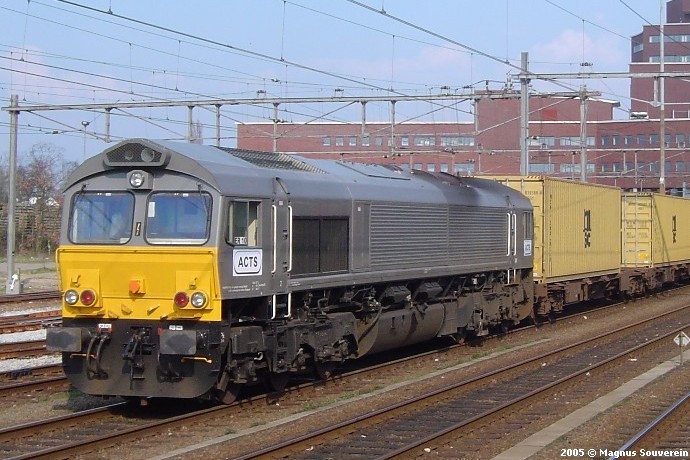Hello,
I was looking through my Modern Locomotives Illustrated just now and one of the issues (which I don't have) was about UK Traction Overseas. I was wondering about what sort of engines were exported, and where they are now. I'm not too fussed about steam engines. I'm more interested in diesel and electric engines in this context.
I read somewhere that some engines which were exported are now "lost", as in there is no record of what happened to them after they left the UK.
If anyone has any more information on this subject, I would appreciate it very much.
Thanks,
-Peter
If this has already been given it's own thread, please let me know.
I was looking through my Modern Locomotives Illustrated just now and one of the issues (which I don't have) was about UK Traction Overseas. I was wondering about what sort of engines were exported, and where they are now. I'm not too fussed about steam engines. I'm more interested in diesel and electric engines in this context.
I read somewhere that some engines which were exported are now "lost", as in there is no record of what happened to them after they left the UK.
If anyone has any more information on this subject, I would appreciate it very much.
Thanks,
-Peter
If this has already been given it's own thread, please let me know.

